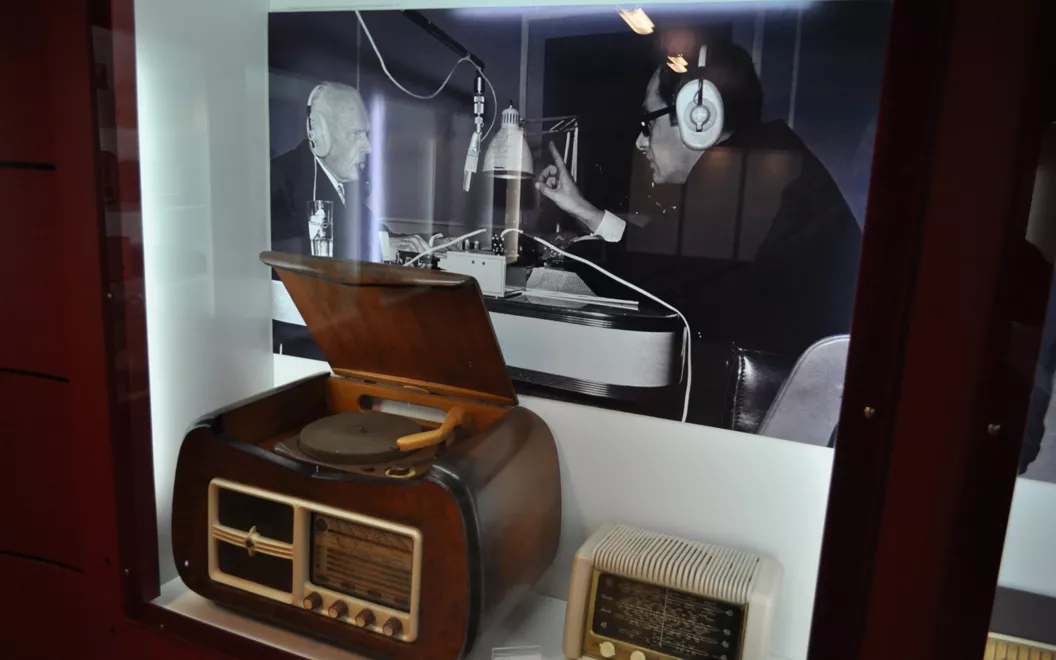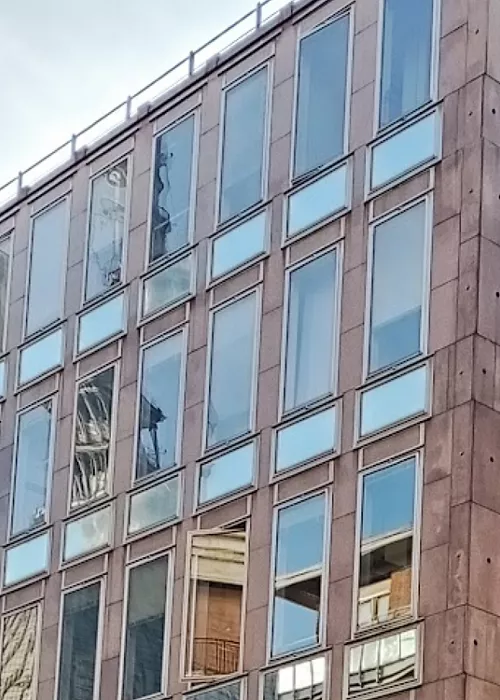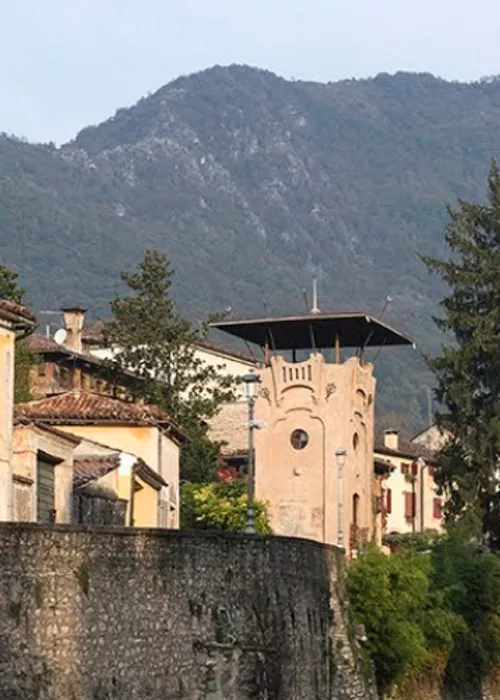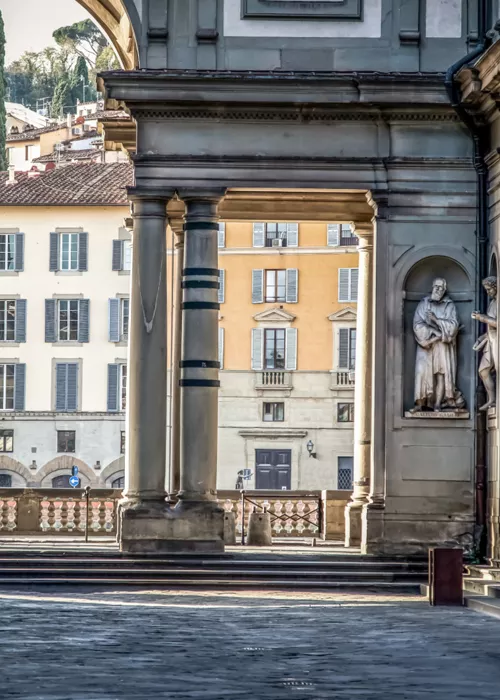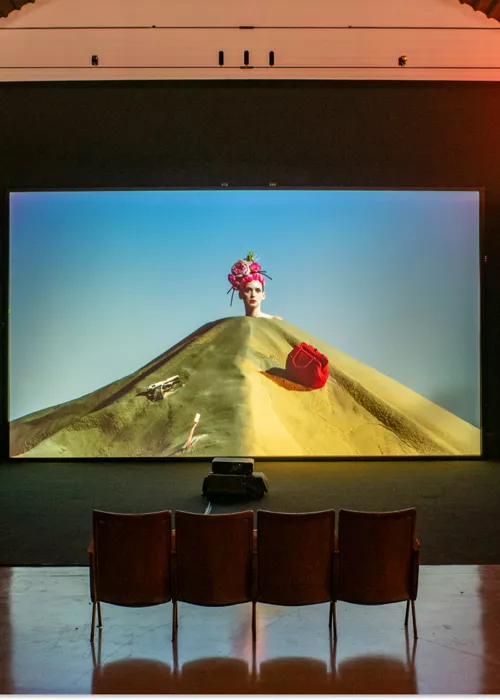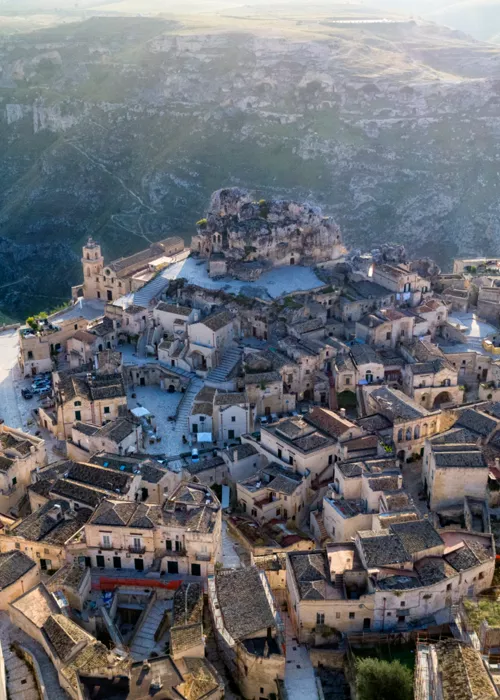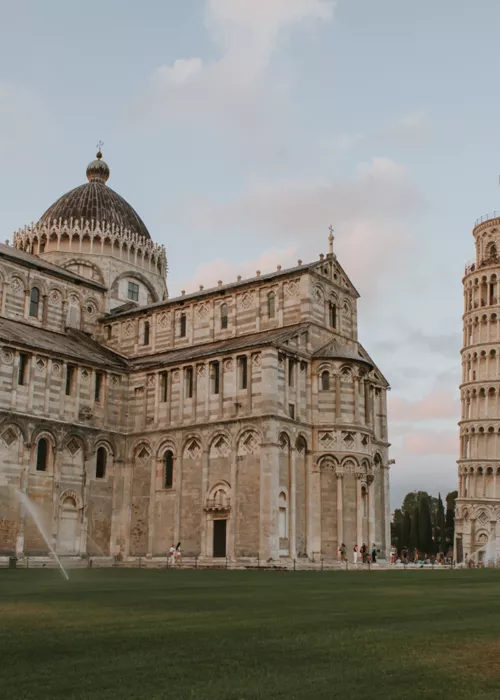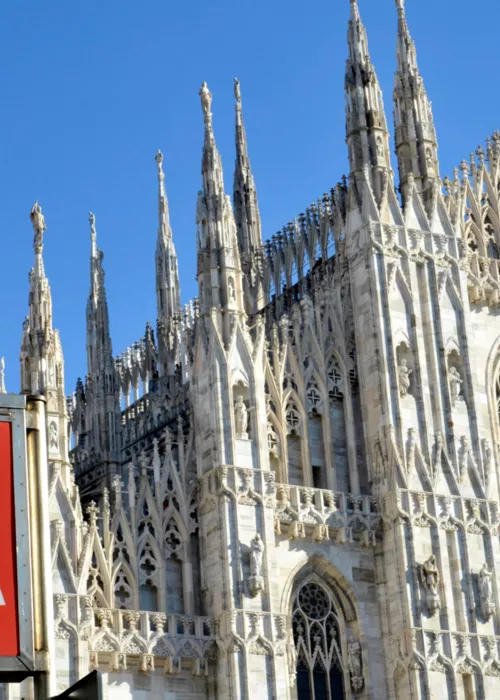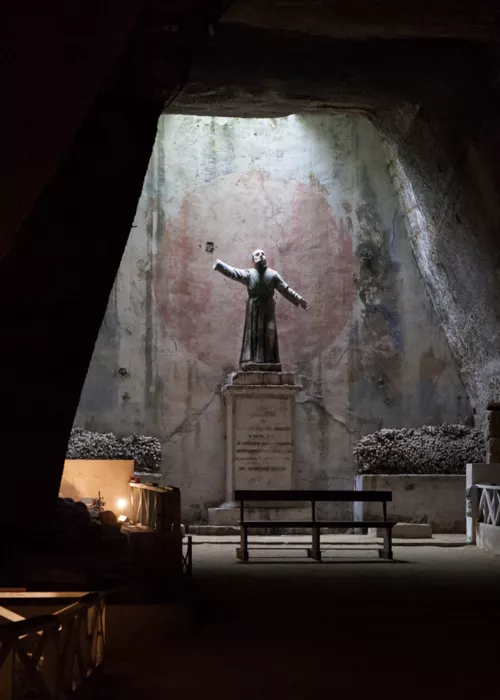13 February is the World Day of Radio
6 minutes

Index
The centrality of radio as a medium is marked by an international anniversary: 13 February. The United Nations Educational, Scientific and Cultural Organisation has named it World Radio Day and the initiative goes far beyond the celebration.
Throughout Italy, there are numerous associations of amateurs, audiophiles and collectors who, together with institutions, have helped to create radio museums, small and large treasure troves where you can retrace the evolution of radio and listen to voices and music from a century of national history.
Marconi and radio, the birth of a universal medium
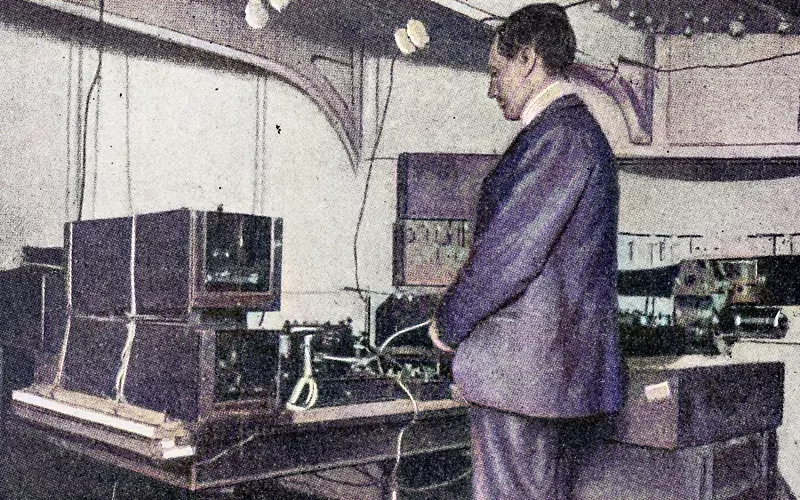
At 12.30 pm on 12 December 1901, a Morse code signal for the letter "S" was sent from a telegraph station in St. John's in Newfoundland, Canada. Meanwhile, in Poldhu, on the coast of Cornwall, a young Italian physicist waited impatiently for the signal. The S did not pass through cables or wires, but through the air, or rather, the ether; it flew across the Atlantic in a few moments and reached the ears of one of the pioneers of radio, Guglielmo Marconi. Marconi decrypted the S and completed an experiment on electromagnetic waves that was to revolutionise the history of communications. Whether this version of the events is still controversial, or plausible, matters little. It is a source of great fascination, as is radio, even in the twenty-first century.
For World Radio Day, UNESCO has invited the world radio industry, in its institutional, commercial and non-profit guises, to highlight the value of radio, both as an irreplaceable channel of information and as a support for the dissemination of culture and freedom of speech, especially in societies with widespread poverty and limited democracy.
The spread of broadcasting and the first century of Italian radio
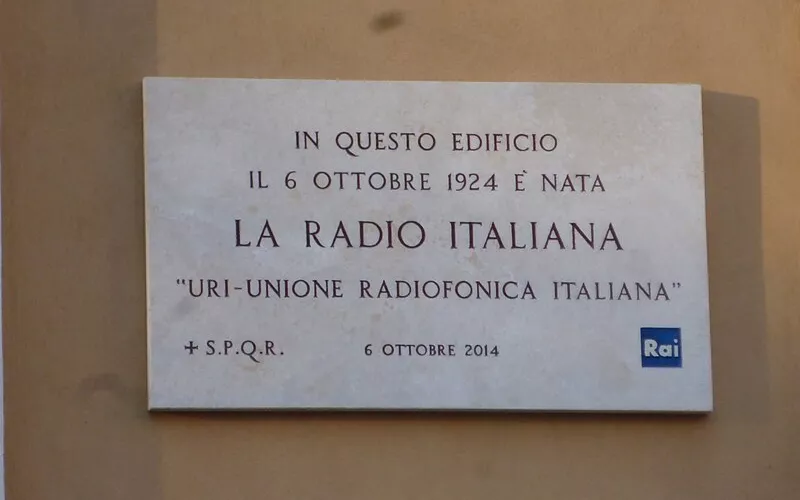
Marconi is considered the father of radio, but he was not the first. Before him, James Clerk Maxwell managed to explain how electromagnetic waves propagate in space, and the English physicist, Sir Oliver Lodge, built the first electromagnetic wave detector, in 1894. Lee De Forest invented the triode amplifier, in 1907.
After the first amateur experiments, military communication needs during the First World War helped developed radio technology, which then became commonplace in the 1920s and was brought to Europe by the BBC in 1922.
13 February 2024 was a special day for national radio. A transition from a century just ended to one that is beginning, with the new era of podcasting and streaming which harkens back to the pioneering challenges of radio in the late nineteenth and early twentieth century. Our first radio broadcast, on 6 October 1924, and the first announcement of theURI ('Italian Radiophonic Union') was made by Ines Viviani Donarelli, who introduced a music programme, followed by a weather report and stock market news.
The Rai Radio and Television Museum in Turin
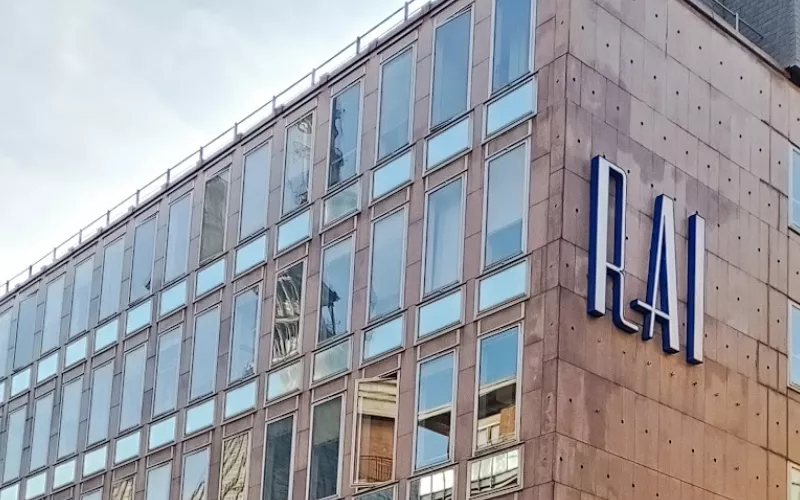
To avoid it being a merely taxonomic exercise, you can approach the exciting history of Italian radio and touch it by hand. Throughout Italy, there are numerous associations of amateurs, audiophiles and collectors who, together with institutions, have helped to create radio museums, small and large treasure troves where you can retrace the evolution of radio and listen to voices and music from a century of national history.
You can enjoy a complete experience in the RAI Radio and Television Museum in Turin, whose new setup was inaugurated in 2020 and makes visits truly enjoyable and interactive. It is divided into three sections, linked by one object: the microphone, the technological and aesthetic element that unites radio and television more than any other. In the first section you can learn about the first forms of remote communication: telegraph, telephone, the telephone herald, Hertzian waves and the Marconi detector. The second section presents the birth and evolution of radio, from the "little bird" of the news reports and the equipment of the 1930s, up to the free radios of the industrial boom. The third section is dedicated to television and its history: from Baird's mechanical TV of 1928 to the development of the first electronic, black and white, and colour TV, and the recent transition to digital.
Vintage Radio Museum in Cison di Valmarino, TCI Orange Flag
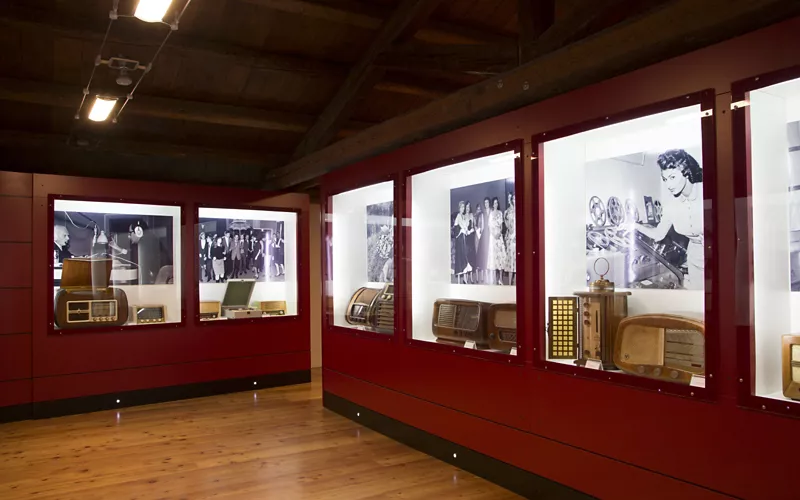
Still in northern Italy, but heading towards the foot of the Venetian Pre-Alps, in the March of Treviso, you come to the municipality of Cison di Valmarino, a town rich in historical and artistic beauty that has also been awarded the Orange Flag certification by the Italian Touring Club. Here you will find a small but fascinating museum dedicated to radio, in fact, to vintage radios.
The museum is located inside the La Loggia Theatre in Cison and displays 72 radio sets that reflect the technological and aesthetic evolution of radio and its cultural and social role from the 1920s to the 1970s. For the benefit of enthusiasts, we can mention valuable exhibits such as the Sluchawscki Detefon Mod DT2, a small but highly efficient Polish galena radio from 1920, the American RCA Radiola 18 from 1928-29, set in a walnut cabinet with a loudspeaker know as a "Napoleon'shat", and the Safar Mod 2940 radiophonograph, designed in 1938 by the illustrious engineer from Cison, Virgilio Floriani.
Communication Museum of Bologna: from Marconi’s radio to the birth of multimedia

Among the places that have grown in reputation and recognition through the celebration of Guglielmo Marconi’s research in Bologna, there is the Museo della Comunicazione e del Multimediale G. Pellagalli in Bologna. It is a permanent exhibition which, due to its geographical proximity and the similarity of its educational aims, represents a key point of reference in narrating the history of radio broadcasting and Italian communication.
Within this exhibition, radio occupies a central place in a display made up of around 2,000 items, arranged along a chronological path that begins with Marconi’s radio and Thomas Edison’s phonography, and goes on to include the cinema of the Lumière brothers, the television of John Logie Baird, the telephony of Antonio Meucci, and the computer developed by Steve Jobs and Bill Gates. The exhibition also features mechanical musical machines from the 18th and 19th centuries, as well as jukeboxes that wore out countless shoe soles in dance halls and discos across Emilia and Romagna, and beyond.
A new radio museum in the San Cataldo lighthouse, in Bari
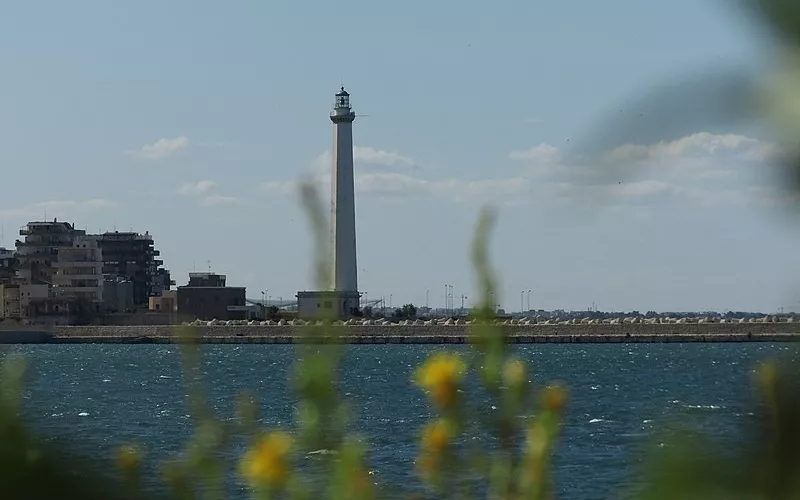
The last stop on this mini radio tour is perhaps the most poetic. We could entitle it Waves above the waves, as it is a radio museum housed in the lighthouse on San Cataldo pier in Bari. This is the Museum of the lighthouses and coastal towers of Puglia and of radio, inspired by and dedicated in part to the first radiotelegraph connection via the airwaves with Montenegro, across the Adriatic Sea, made on 3 August 1904 by Guglielmo Marconi from the San Cataldo lighthouse.
It is no coincidence that the museum was opened in spring 2024, when the 150th anniversary of the birth of Guglielmo Marconi was celebrated. In addition to a thousand vintage pieces and a multimedia display, there is also to be a section dedicated to the lighthouses and coastal towers of Puglia, with material connected with the history of the San Cataldo lighthouse, the Puglia lighthouse trail and the walking tour of the towers of Bari.

